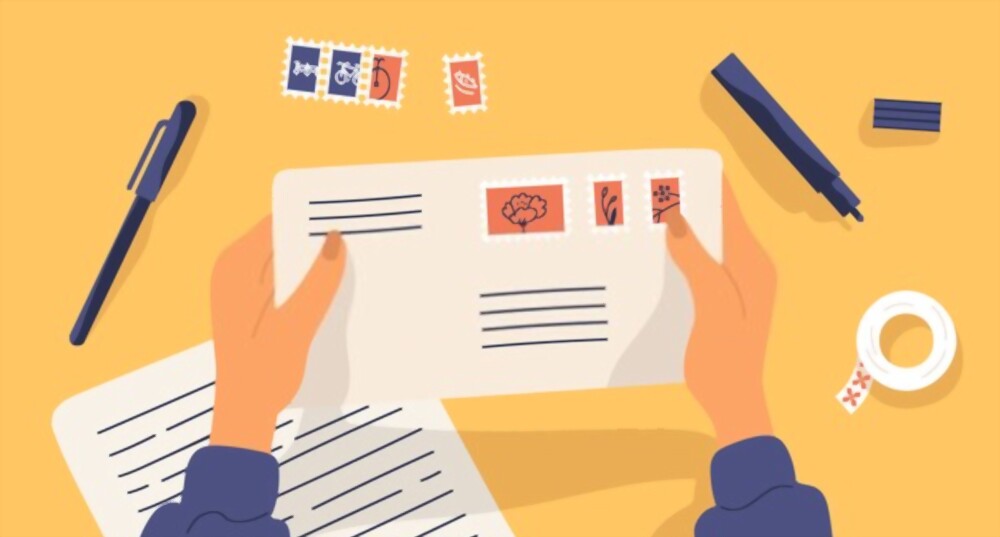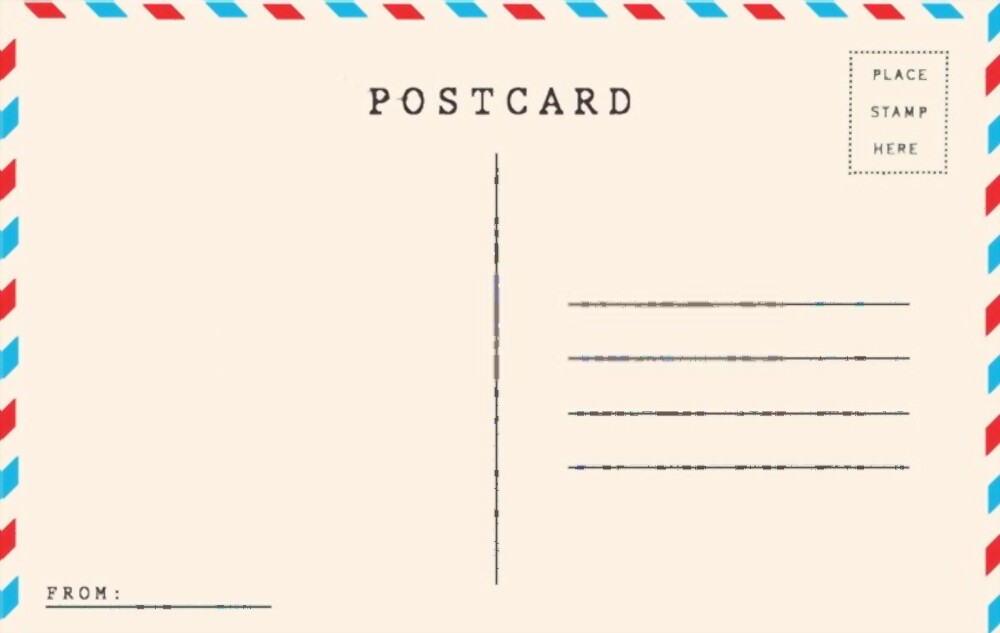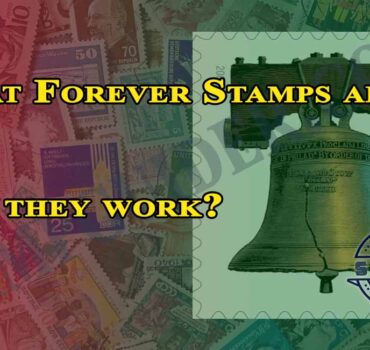In the age of technology, where people can quickly text their friends or easily use Face Time for their family, it seems crazy that someone still needs to know how to address a letter. Believe it or not, however, handwritten letters are sometimes the ideal form of communication.
We all know the basics of what to write on an envelope, and you’ve probably covered hundreds of envelopes. But unless you’ve meticulously met the demands of the U.S. Postal Service, chances are you’ve overlooked some little-known facts about how to address envelopes. Unknown to many, the United States Postal Service has very detailed requirements for how they want their mail to be addressed. To help you learn what to write on an envelope and meet those requirements, we’ve listed the most commonly overlooked USPS requirements.
What’s on the inside is up to you, but it’s important to follow specific guidelines on the outside of the envelope to make sure your letter gets sent to anyone.
- Addresses cannot be written in pencil. The address should be written in ink – written in pen or typed.
- Everything must be in capitals. Everything written on the front of the envelope should be written in capitals. Although most mail is sent and transported without capital letters, it is preferable that all address lines are in capital letters.
- There should be no punctuation. When you’ve learned what to write in an envelope, chances are you’ve learned how to write “Mr. and Mrs. ”or“ New York City, NY ”. By USPS standards, this is incorrect. Regardless of numbers, titles or abbreviations, there should technically be no form of punctuation in your envelope.
- Provide only the full legal name of the recipient. The USPS does not prefer any other form of name, whether a nickname or initials, appearing on the front of the envelope.
- Abbreviations should be used for streets, apartments, states, etc. For a full list of acceptable USPS abbreviations, try the links below:
Table of Contents
How to address an envelope

- Write the return address in the top left corner.
- Then, write the recipient’s address slightly centered on the bottom half of the envelope.
- To finish, place the stamp in the top right corner.
There are two addresses that we normally see on the envelope, but only one is technically necessary: that of the recipient. The return address is not mandatory, but it is recommended. If there is an error preventing the letter from being delivered, the absence of a return address means that the Post will not be able to return it to correct the problems.
How to write the sender’s (return) address
- Start with your full name.
- Write your street address on the next line. If you need, it’s okay to use two lines.
- Follow that line with the city, state and ZIP code of your address.
Where To Write Return Address?
How to write a return address on an envelope is usually a matter of location. The format of a return address must be the same as the primary address on the envelope. The traditional location for the return address is in the upper left corner of the envelope. However, it can also be placed on the back flap of the envelope. If you are sending private correspondence, this is a great investment because it keeps the front of the envelope clean.
If you are sending a formal or business letter, it is advisable to keep the traditional positioning in the upper left corner. The recipient can quickly see where this letter came from and keeps all contact information in a general area.
How to write the recipient’s address
- For informal letters, follow the same format as the return address.
- When sending a letter to someone from a specific business, the first line should be the name of the business.
- On the next line follow “ATTN:” or “c / o” with the person’s name. If the letter is not intended for someone from a specific company, the first line should simply be their name.
- The next two lines should contain the address, city, state and zip code.
How to format military addresses (APO, FPO, DPO)
Although military addresses follow the same format as regular addresses, they do not use the usual city and state names that many are used to.
- The city name will be APO (Air / Army Post Office), FPO (Fleet Post Office) or DPO (Diplomatic Post Office).
- For the state, AA (United States Armed Forces), AE (European Armed Forces), and AP (Armed Forces Pacific) are used, depending on the gas station.
- Postal code is the same, but sometimes the additional four digit code is required for delivery.
How to write an international shipping address
If you are sending a letter to a non-military address overseas, the address format will generally remain the same – only with the addition of the country name on the bottom line.
Some countries put the postcode before the city and country, but it varies from country to country, so check to be sure.
How to find the “ZIP+4” code
If you’re unsure of the extra four-number code, USPS has a ZIP code lookup tool on their website.
- Choose to look up the ZIP code by address and enter all the required information.
- Press “Find” and USPS will give you the ZIP+4 code.
How many stamps should you use
Setting up the plug is easy, but knowing which jacks and how many to use is the hard part.
For a standard 1 ounce letter sent anywhere in America, Forever stamps are recommended because you can still use them regardless of future changes in the price of the stamp.
Each ounce above one costs 15 cents, so you will need to use additional ounce stamps for each additional ounce. 60 gram stamps are also an option.
If you are sending a postcard, don’t be fooled by Forever stamps. Postcards have their own stamps, which are usually cheaper.
For international addresses, Global Forever stamps are used, and like Forever stamps, you can use them whenever you want, regardless of price adjustments.
Irregularly shaped envelopes that can be used for square wedding invitations or graduation announcements require different stamps called non-machinable stamps. Since the square packing is not suitable for the machine for automatic processing, the gasket costs a little more to compensate for the additional non-machining.
With the correct stamp, the exact sender and recipient addresses, and the correct placement of all three in the envelope, your letter is ready to send!
How To Address A Postcard

Addressing a postcard is pretty straightforward. Most postcards will have an intermediate line dividing the card into two different sections. The left section is for writing the message and the right section is for writing the address. Some postcards don’t have a dividing line, so it’s just a blank side. In this case, keep the address on the right.


